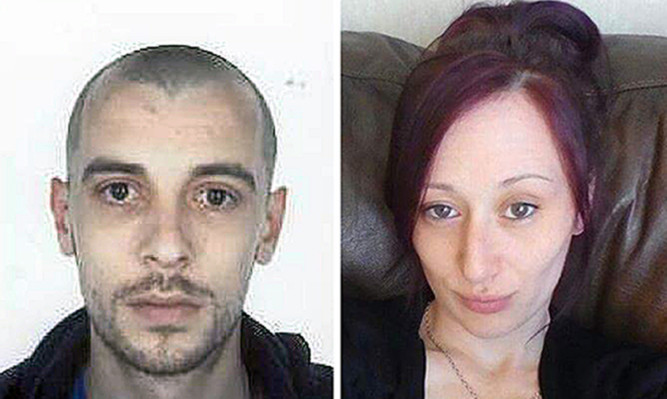Diverting calls away from busy police control rooms is making another tragedy like the deaths of John Yuill and Lamara Bell more likely, it has been claimed.
An interim report on their review of Police Scotland’s call handling by HM Inspectorate of Constabulary Scotland – ordered after the Force did not respond to a call about the M9 crash that killed Lamara Bell and John Yuill for three days – found that staff shortages are damaging the ability to answer calls and that pressure on staff in Dundee is “unacceptably high”.
Police Scotland plans to reduce its total number of control rooms. Those in Inverness and Aberdeen are schedule to be shut down while those in Glenrothes, Dumfries and Stirling have already been closed.
The interim report said that if too many non-emergency calls are received in one place, non-emergency calls start being diverted to other call centres.
However, if one of these calls turns out to be an emergency is must be transferred back to the original call centre.
Last week The Courier revealed that the Dundee control room is failing to meet its target for answering non-emergency calls because of lack of staff and illnesses.
The HMICS said staff at all of Scotland’s control room call centres are “strongly committed” to providing a good service but their work is being undermined by a lack of trained staff.
HM Inspector of Constabulary in Scotland Derek Penman said: “In this initial phase we have carried out extensive consultation and evidence gathering. We also spent time at six call centres across Scotland and found all staff to be strongly committed, often in challenging circumstances, to providing a good service to the public.
“They continue to do a good job and are showing considerable flexibility in their working practices to meet call demand.”
He added: “HMICS recognised the constraints placed upon Police Scotland as result of staff shortages in Bilston Glen, Inverness, Aberdeen and Dundee but considered the practice of diverting overflow calls to the main sites in Govan, Motherwell and Bilston Glen is creating additional risk.
“This will not be resolved until there is a full complement of trained staff supported by effective systems, processes and procedures in the main sites.
“Until that is the case the facilities in Inverness, Aberdeen and Dundee should remain in place.”
The HMICS has recommended that the current system is “stablilised” while there should be an acceleration in recruitment for the planned north area control room in Dundee.
The final report will be published next month.
